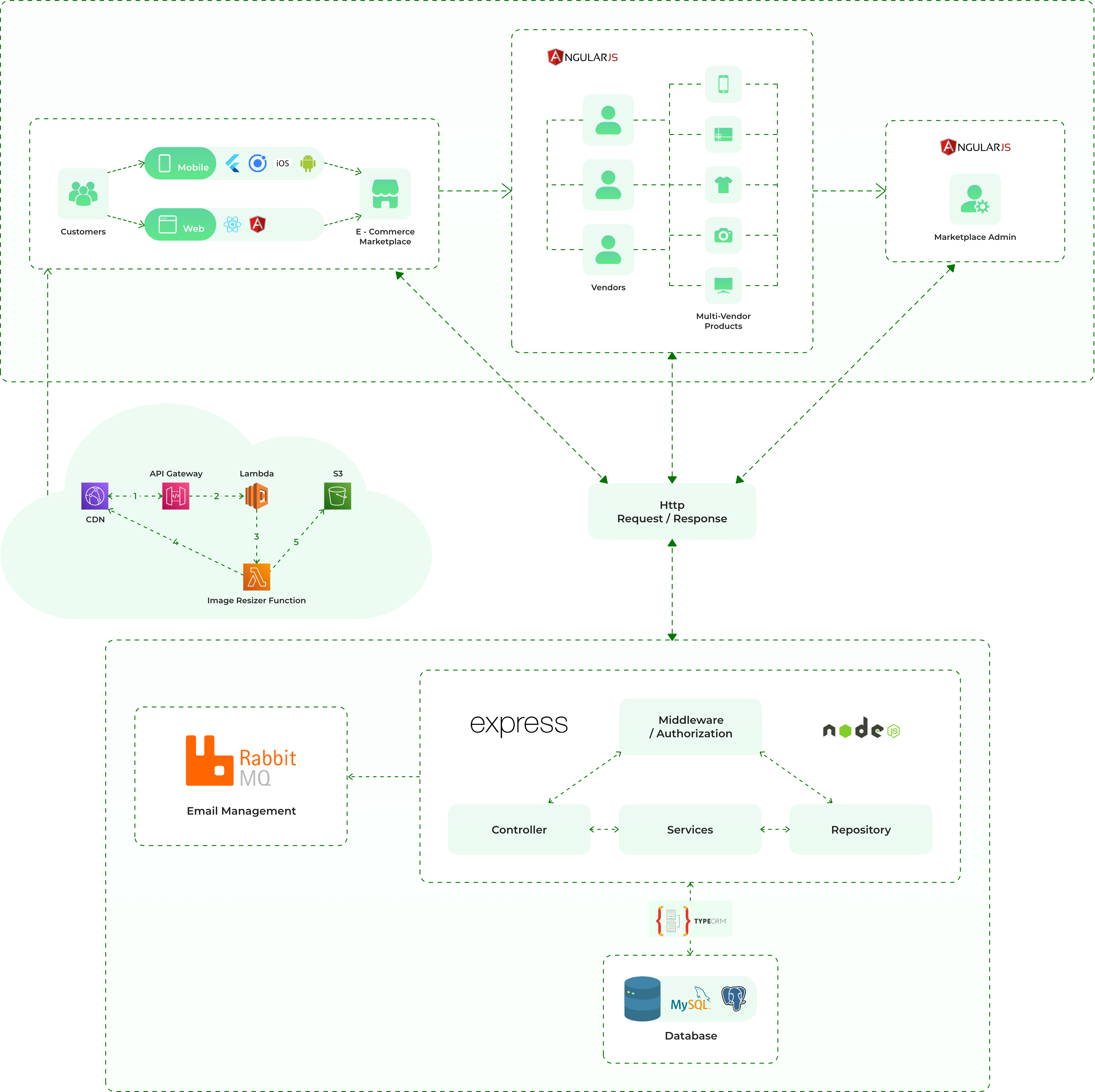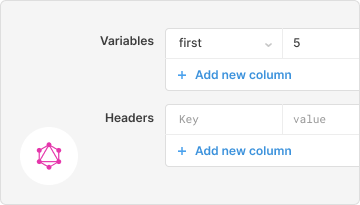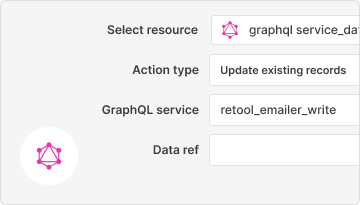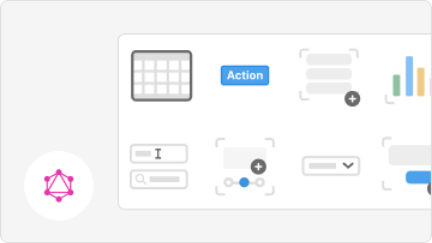Spurtcommerce on Monolithic Architecture
Spurtcommerce follows a monolithic architecture, where the entire application is built as a single, unified system. It is developed with Node.js as the backend, Angular & Next.js for the frontend, and mobile apps. This architecture consolidates all business logic, including user interfaces, API services, database interactions, and background processes. It integrates key technologies such as Express.js, TypeORM, MySQL, AWS CDN, RabbitMQ, and webhooks for seamless functionality and scalability.
Buy NowTools / Techniques
Node.js, Express.js, Next.js, Angular, MySQL, TypeORM, AWS CDN, RabbitMQ, AWS SNS
Techniques
Monolithic Architecture, Server-Side Rendering (SSR), RESTful APIs, Component-Based Development , Asynchronous Processing

Key Technologies Driving Spurtcommerce's Monolithic Architecture
Spurtcommerce's monolithic architecture is built using a powerful combination of modern technologies that ensure scalability, performance, and seamless user experience and together these drive the reliable and high-performing Spurtcommerce e-commerce multi-vendor solution.
Backend with Node.js and Express.js
At the core of Spurtcommerce’s monolithic e-commerce architecture is Node.js, a highly scalable JavaScript runtime environment. It’s paired with Express.js, a minimalist web framework that provides essential routing and middleware capabilities, making it the perfect choice for building RESTful APIs that handle critical user interactions.
- Node.js supports non-blocking, event-driven architecture, ensuring a responsive platform, while Express.js streamlines API creation for managing routes related to product listings, user accounts, vendor operations, and order management.

Database Layer with TypeORM and MySQL
In a monolithic architecture, data persistence is crucial, especially in multivendor e-commerce platforms that manage large sets of products, users, and transactions. Spurtcommerce relies on MySQL database and TypeORM.
- MySQL is chosen for its reliability, scalability, and ease of use in handling transactional data.
- TypeORM abstracts complex SQL queries, providing a developer-friendly way to define entities, manage migrations, and interact with the database.

Seller & Admin Panel with Angular
Spurtcommerce Super Admin Panel and Seller Panel is built using Angular, a popular TypeScript-based framework for building dynamic, single-page applications (SPA). Angular connects to the Node.js backend via API calls and provides rich user experiences with features like routing, forms, and component-based development.
- Angular handles product catalogs, user interfaces for vendor management, shopping carts, and checkouts.
- Angular's Reactive Forms and HTTPClientModule allow seamless data exchange with the backend APIs.

Storefront with Next.js
In addition to using Angular for the admin and vendor interfaces, Spurtcommerce uses Next.js for storefront, a React-based framework that provides server-side rendering (SSR) and static site generation (SSG) which are crucial for improving the performance and SEO of the storefront, especially for product pages. Other advantages of Using Next.js for the Storefront includes.
- Faster Page Load Times - where frequently accessed pages (like the homepage or category pages) are pre-built and served directly from the CDN, leading to faster load times.
- Better User Experience - With automatic code-splitting, Next.js only loads the JavaScript required for the current page, reducing the bundle size and improving the user experience, especially on mobile

CDN Integration with AWS CDN
In Spurtcommerce, AWS CloudFront is configured to cache assets and reduce the load on the main server, ensuring smooth browsing experiences, even during high traffic spikes. It reduces latency by caching and distributing content closer to the user’s geographic location, improving the loading speed for the end users.

Message Queue with RabbitMQ
Spurtcommerce uses RabbitMQ, a robust message broker to manage and queue email-related tasks. Instead of sending emails directly within the main application flow, email requests are added to the RabbitMQ queue, allowing for asynchronous processing. This ensures that the application remains responsive, even when handling high volumes of email notifications such as order confirmations, shipping updates, or promotional emails.

Revolutionizing ECommerce B2B and B2C with Microservices Architecture
Buy NowDiscover how Spurtcommerce is transforming the eCommerce landscape with its innovative microservices architecture. In this video, we explore the key components—Product Service, Customer Service, Order Processing Service, User authentication—that make Spurtcommerce a powerful and scalable solution for online businesses. Learn about the advanced technologies like gRPC and RabbitMQ that ensure efficient communication and fault tolerance, driving performance even during peak traffic periods.
Whether you're running a B2B, B2C, or any other business model, Spurtcommerce's modular approach offers unparalleled flexibility, scalability, and resilience. Watch to see how you can enhance your eCommerce platform and stay competitive in a rapidly evolving market.
From startups to Fortune 500s, the world’s most effective teams use Retool to build custom business software. Our customers









Jalal
Co-Founder and CRO at JetFuel
I researched a lot of open source ecommerce products and lots of commercial ones. SpurtCommerce was the best value product and the best thing is you can always customize the code.

gRPC - For - Inter Services Communication
gRPC is a high-performance, open-source framework that enables efficient communication between services in a microservices architecture. In a Node.js microservices project like Spurtcommerce, gRPC facilitates fast and reliable communication between different services such as customer management, product handling, and order processing. By using Protocol Buffers (a language-neutral serialization format), gRPC allows for lightweight, binary data transmission, reducing bandwidth usage and improving speed. This ensures that Spurtcommerce’s microservices can interact seamlessly and efficiently, even under high traffic loads, enhancing overall system performance and scalability.

RabbitMQ - For - Event Driven communication
RabbitMQ, a powerful message broker that facilitates communication between microservices in a Spurtcommerce, Node.js-based architecture. In this setup, RabbitMQ enables asynchronous messaging, allowing different services—such as customer management, product handling, and order processing—to exchange information without needing to operate simultaneously. This decouples services, improving system efficiency and resilience. RabbitMQ ensures that tasks like notifications, order updates, and stock adjustments are processed reliably, even during high traffic. By handling message queues, RabbitMQ enhances scalability, fault tolerance, and the overall performance of the microservices ecosystem.

API Gateway
API Gateway is essential for managing communication between the web and mobile front ends and the backend microservices in a Node.js-based platform like Spurtcommerce. It serves as a single entry point, routing API calls from the front end, whether from web browsers or mobile apps, to the appropriate backend services such as customer management, product listings, order processing etc. By implementing a custom API Gateway, Spurtcommerce has full control over traffic, security, and request management, without depending on third-party tools. It helps manage authentication, balance loads, limit requests, and log activity, all while boosting performance, scalability, and security across the microservices.



 B2C , B2B Marketplace
B2C , B2B Marketplace
 Downloadable Products
Downloadable Products Subscription-based Marketplace
Subscription-based Marketplace Booking Services Marketplace
Booking Services Marketplace Social Commerce Marketplace
Social Commerce Marketplace Digital Products
Marketplace
Digital Products
Marketplace Content Marketplace
Content Marketplace

 Items are
added
Items are
added